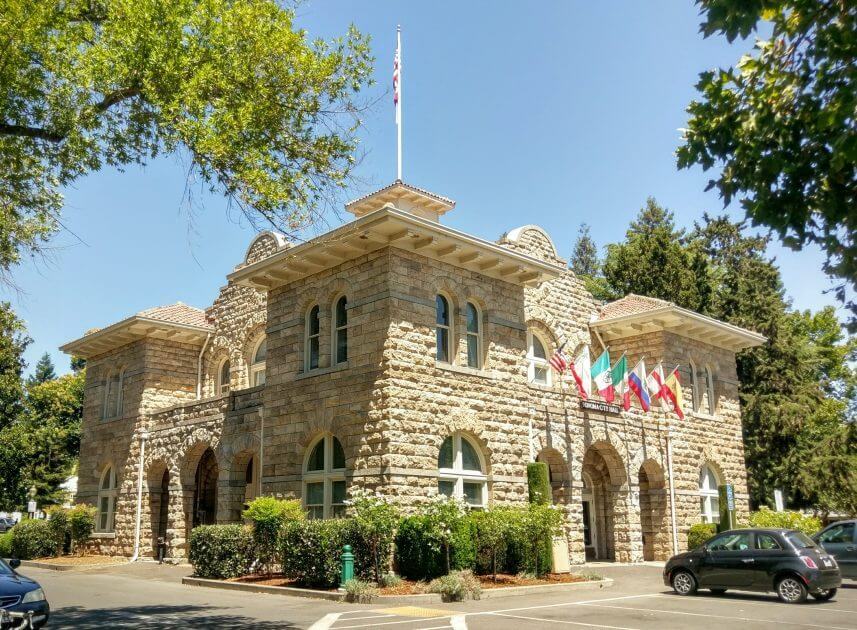For nearly four decades, attorney Robert Smith has been the Sonoma City Prosecutor, tasked with solving code enforcement issues and representing the City of Sonoma in court to enforce judgements. Although his activity generally takes place out of public view, he’s busier than ever, having settled nearly 50 code violations over the past six months and is involved presently in resolving another twenty-four active cases.
Code enforcement is complaint-driven, which is to say initiated by citizens concerned about something they’ve observed that they think is not right. The city’s public safety, public works, and building departments also can initiate code enforcement actions when they observe circumstances or conditions that warrant attention.
Code violations run the gamut: set-back violations, uncontrolled high grass, fire hazards, accumulated trash, illegal short-term rentals, improper container storage, fence heights, derelict vehicles, illegal commercial activity in residential zones, sidewalk infringement, and public nuisances.
When alerted to a suspected code violation, Smith and his single code enforcement officer initiate the process to cure the violation and solve the problem. That process, however, can take a while.
The process begins with complaints or referrals, usually chronic issues related to the use of real property, vehicles, or accumulated trash. An investigation is initiated, and if a code violation is confirmed, Smith’s office sends the violator a Preliminary Notice of Violation, which cites the code sections being violated, how to cure the violation and the deadline to do so, usually two to four weeks.
If not cured, a Formal Notice of Violation is issued, an administrative order that includes a hearing date and another deadline to cure the violation. If the deadline is not met, substantial financial penalties begin to accrue: $100 on day one, $200 on day two, and $500 on each day thereafter.
If the violation remains unresolved, another hearing is held; law enforcement assists if necessary in executing a search warrant to conduct an inspection. A judgment by the Administrative Hearing Officer (attorneys in private practice hired by the city) makes a finding confirming the violation and related costs. The violater then has another 30 days to cure the violation and pay the penalties. If they choose, violators can file a court action in appeal of the judgment by the Administrative Hearing Officer.
If an appeal fails, the court then confirms the award set by the Administrative Hearing Officer. Ultimately, with a final judgment, the city can enforce collection through a collection agency, and/or can place a lien on the real property of the violator that will settle the fine when and if the property is sold.
If citizens wish to report what they believe is a code violation, they should contact City Hall and the complaint will be referred to Bob Smith’s office. Violators take note: Bob reports that the City of Sonoma has never lost a code enforcement violation case that’s come before the court.
Larry Barnett is Chair of Sonoma’s Planning Commission, a past Mayor, and a member of the Sun Editorial Board.






Is this how to get back the million dollars that Sonoma is in the red I’m all in for parking meters around the plaza